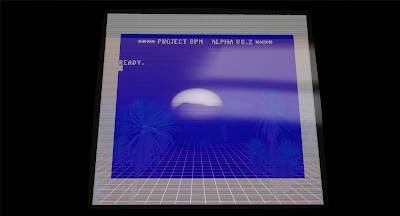We are back from Japan, and we have brought back an unbelievable amount of used video games for very cheap! The only issue was packing them all up without breaking them during flight, but we succeeded – nothing was harmed, we were victorious, cue Final Fantasy victory music.
After successfully securing tickets to two L'Arc~en~Ciel Christmas shows (L'ArChristmas...ha), we flew to Japan for two weeks. Geril has only attended one show, and I went to both of them – they were amazing, as expected.
So it was the tickets that gave us the final push to actually travel, but we were looking forward to thrifting for and playing all sorts of video games there – we are developers after all, so there were a lot of things to check out in Tokyo.
One thing is certain, we won't be able to look at thrifting the same again. In our country, everything costs way more by default, and the 'used' condition's standards are lower as well. In Book Offs in Japan, what we found in the 'junk' section for 100 Yen was about the same as the standard 'used' section here, however, even the Japanese 'used' section wasn't as expensive as ours usually are.
If you're going to Japan, and read about places in Akihabara like Super Potato – those flashier places are good for looking and browsing and all, and you'll be able to find the rarest games there in the best condition. But if you're willing to spend a little time (okay, a LOT of time) digging around in the 'Off' chain of stores (Book Off, Hard Off, Hobby Off), you'll be able to find a lot of things for dirt cheap. And even when shopping from the untested junk section, we've only had two games refuse to load, and we're still working on cleaning those games, so they might end up working as well.
 |
| Our haul. There are some unrelated objects in the photo too, sorry about that... |
 |
| Akihabara |
Sadly the fighting games were almost always on the upper floors in the smoking sections, so we had to avoid those.
It was nice to see that video games weren't only purchased by the stereotypical target audience. We saw grey-haired old men browsing games, we've seen women browsing games, we saw everyone openly browsing the porn section – there was everything.
However, we made two major mistakes: not renting portable Wi-Fi and not learning Japanese in advance. While there were free Wi-Fi hotspots, we needed to register for almost all of them and their speed was very limited. In our hotel, we had a single hotspot for a 10-story building, so we were lucky if anything loaded.
And English... we're not sure if this is because people really don't speak English, or they are just too embarrassed to try, but almost nobody tried. So it would have been useful to speak the language just a little more fluently in order to have a better time.
Okay, that's it for this year. Happy New Year, everyone!




















